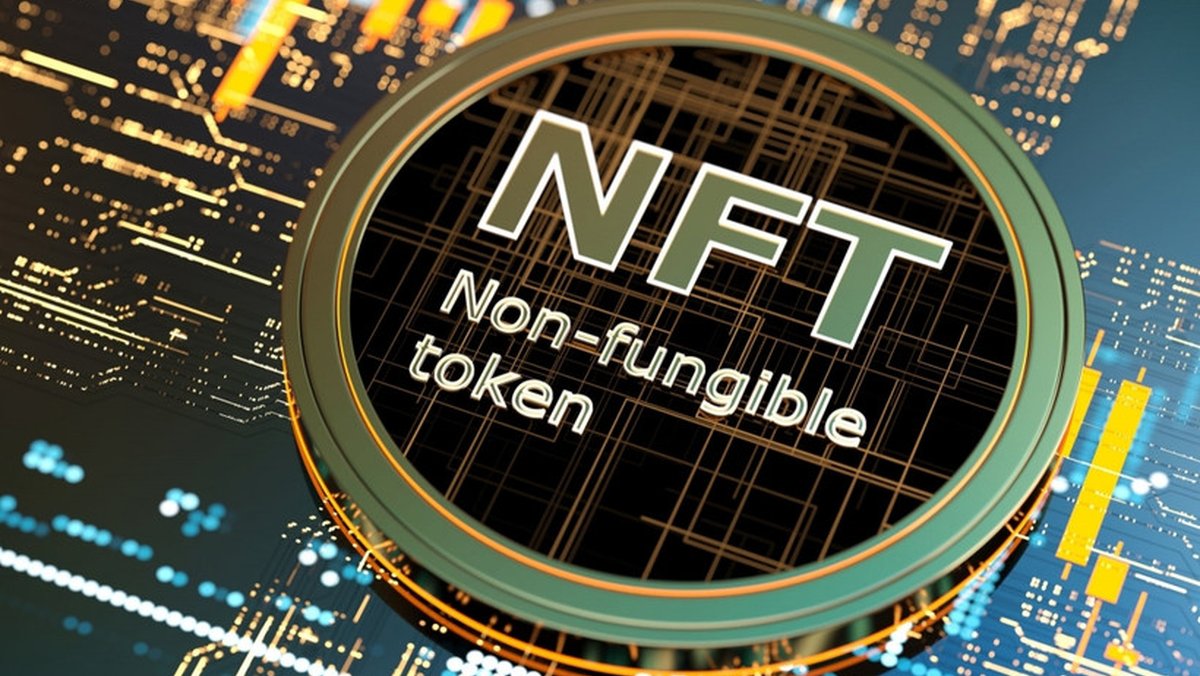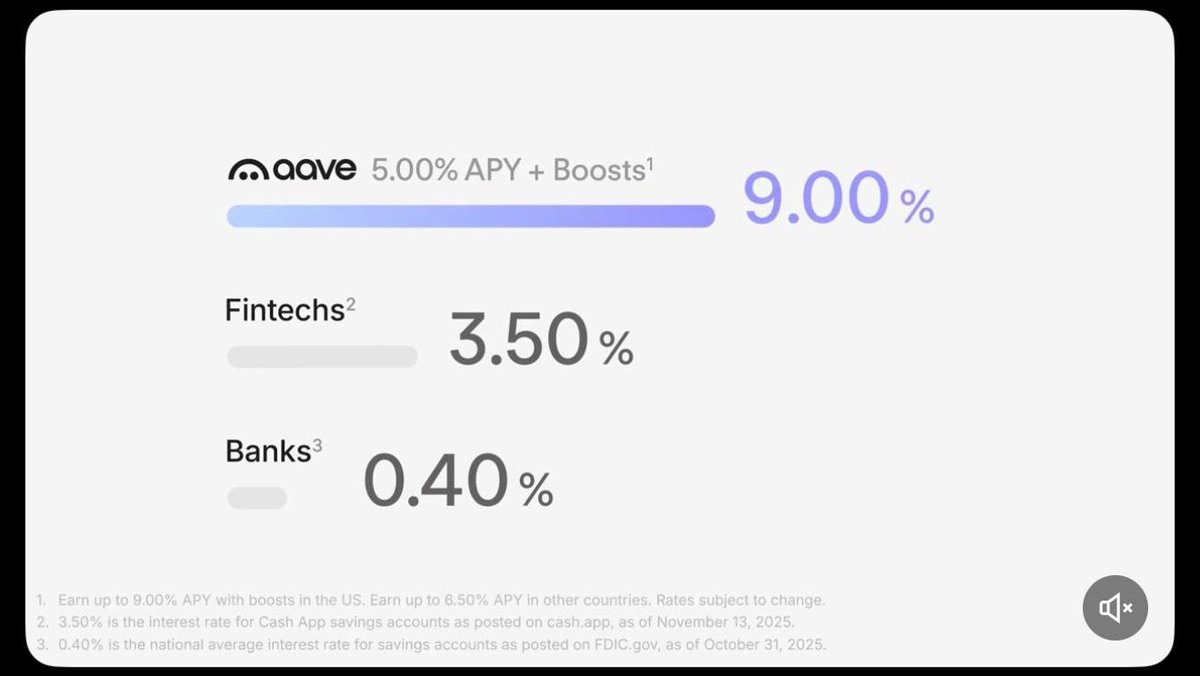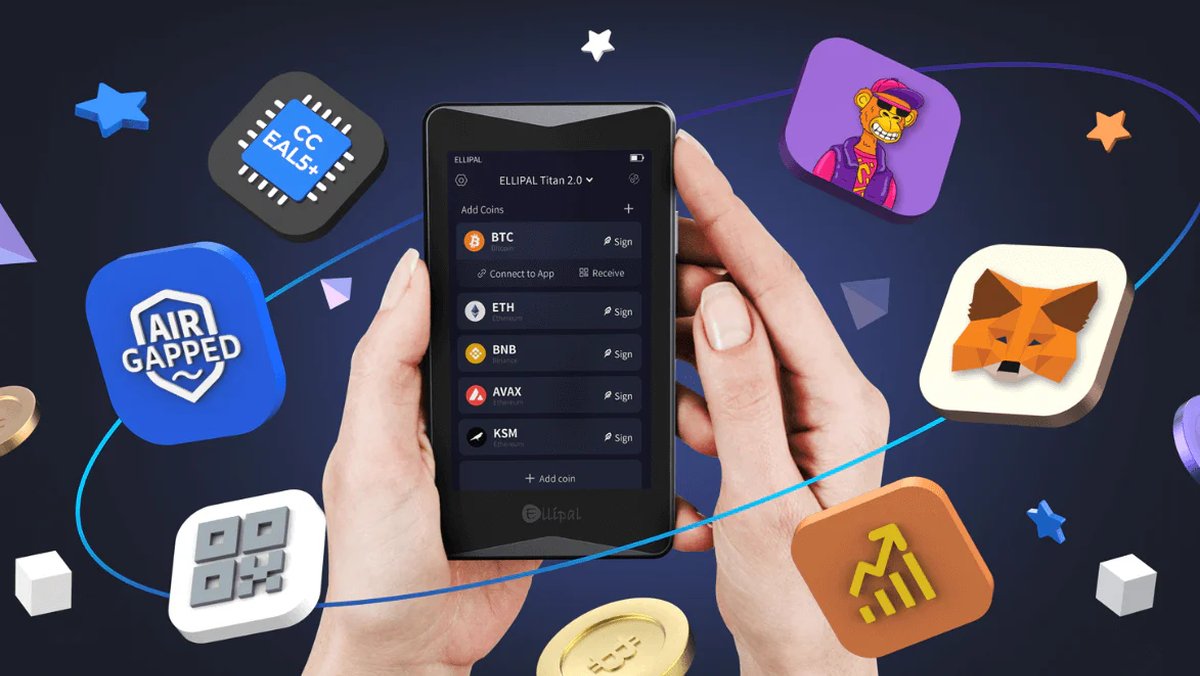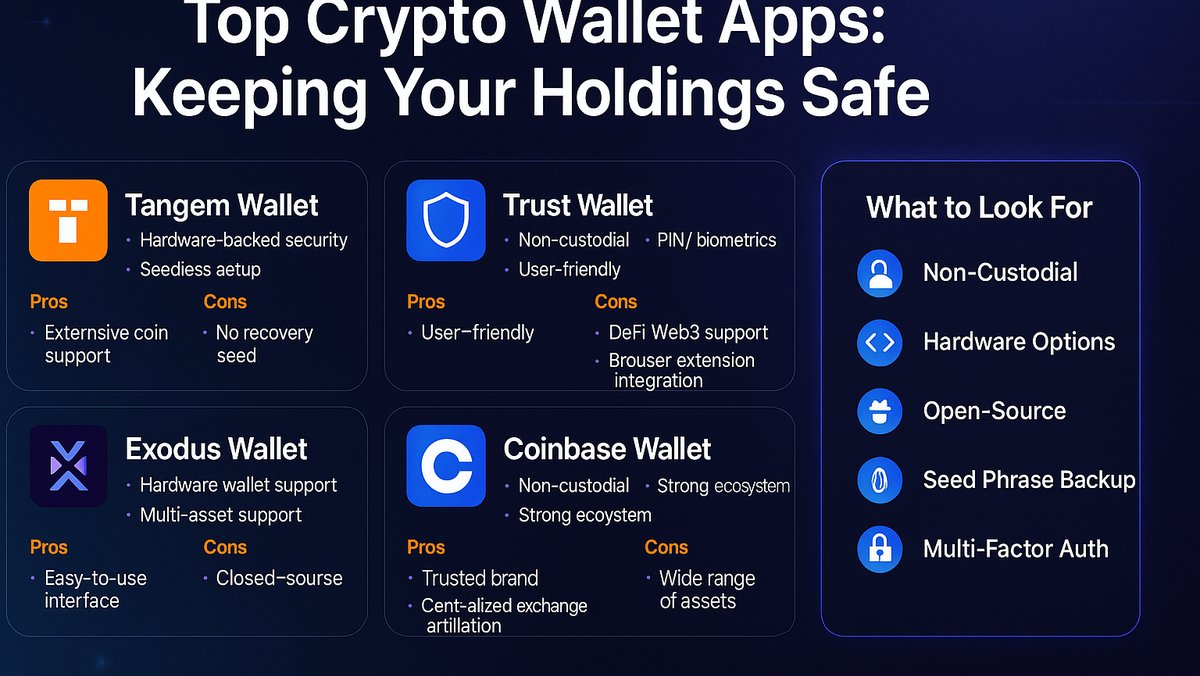Municipalities across Japan are rolling out ‘government NFTs’ to fund local projects, create loyal visitor communities, and steer inbound travelers beyond megacities—backed by national policy and a wave of pilots in 2025
In 2025, Japan’s Web3 agenda has moved from concept decks to city halls. A growing number of municipalities are partnering with major corporates to use non-fungible tokens (NFTs) as practical tools for regional revitalization and inbound tourism. The pace accelerated again today: Toda Corporation, JTB, and Fujitsu launched a pilot in Echizen (Fukui) that links NFTs to tourism digital transformation (DX), while Shizuoka-based SFG Marketing announced an NFT business push after successful early trials. The wave aligns with the Ishiba administration’s push for “Regional Revitalization 2.0” and the broader shift in travel behavior as overseas visitors look beyond Tokyo, Osaka, and Kyoto.
From Collectibles to Civic Infrastructure
What Japanese officials and builders call “government NFTs” have evolved far beyond commemorative mints. They now function as multi-purpose passes that help cities pursue three goals at once: local funding, community-building (sometimes framed as a “relationship population”), and place branding. As of August 2025, more than 17 municipalities have issued NFTs. Programs span from Fukaya’s “Fukkachan NFT”—used as a return gift in the furusato nozei hometown tax scheme—to Kumakogen’s “Digital Resident NFT” crafted with a manga artist. These NFTs operate like membership cards: holders can unlock tangible benefits such as local discounts, priority access to festivals, or special tours—creating experience value that’s easy to understand.
Momentum strengthened after the Ministry of Internal Affairs and Communications designated qualifying NFT projects as eligible for the current fiscal year’s Local Economy and Living Environment Creation Fund. That policy signal turned one-off experiments into repeatable playbooks for strapped towns and prefectures.
Why NFTs Fit Japan’s Tourism Moment
International visitors are increasingly exploring regional Japan. In 2024, inbound spending climbed to a record of about $53 billion (approx. ¥8 trillion), according to the Japan Tourism Agency. NFTs are a natural catalyst for this dispersion:
- Digital incentives with real-world hooks: Global NFT communities are eager for unique, verifiable badges—and especially for perks that only activate on site. Scarce digital credentials tied to local benefits nudge travelers to specific towns and seasons.
- DX for movement within regions: The Echizen pilot maps NFTs to transit and local merchants, turning tickets and vouchers into wallet-native assets. Similar tests by carriers like JAL and travel giant JTB blend “oshikatsu” fan journeys with NFT quests to seed new travel flows across Kansai.
- Global showcase: At the Osaka-Kansai Expo 2025, the Cabinet Office’s Cool Japan Showcase hosted 26 regions demonstrating tourism content via NFTs and immersive media, putting regional attractions on a Web3-ready stage.
The effect is subtle but powerful: shifting the focus from simple urban spending to experience-led consumption—and building lasting ties between travelers and rural communities.
Policy Context: The Ishiba Doctrine for Web3 + Regions
At WebX 2025 (Aug 25), Prime Minister Shigeru Ishiba reaffirmed Web3 as a national strategy and positioned DX as the backbone of regional renewal. Citing Web3-enabled successes in places like Ama in the Oki Islands, he argued that the 2020s will be remembered as a historic pivot akin to an industrial revolution, with a government stance of “those who act, implement first.” Although the Ishiba administration is nearing its end, the municipal NFT push has accelerated—evidence that policy roots are now deep enough to outlast any single cabinet.
How “Government NFTs” Work in Practice
- Funding & loyalty in one object: NFTs can bundle crowdfunding tiers, local perks, and seasonal perks, turning supporters into return visitors.
- Programmable access: Smart-contract gates manage eligibility for discounts, lotteries, or limited-capacity events without paper coupons.
- Identity-aware but privacy-preserving: Projects increasingly explore off-chain credentials or zero-knowledge proofs to validate residency, age, or purchase history without leaking personal data.
- Interoperable benefits: When multiple towns coordinate, a traveler’s wallet can act as a universal regional pass spanning transport, museums, and local shops.
Case Studies in Brief
- Fukaya (Saitama): Fukkachan NFT augments the hometown tax loop with a playful mascot and clear, redeemable benefits—bridging civic giving and tourism.
- Kumakogen (Ehime): Digital Resident NFT positions holders as long-distance community members, with access tiers that resemble a modern town membership.
- Echizen (Fukui): The new Toda–JTB–Fujitsu pilot links NFTs to transit and merchants, orchestrating movement beyond a single sightseeing spot.
Why Corporates Are Leaning In
For conglomerates and travel majors, these programs are testbeds for tokenized customer journeys. They enable dynamic pricing, cross-merchant rewards, and post-trip re-engagement. For cities, corporate participation lowers integration and compliance costs, and brings marketing heft.
Success Metrics: What to Track in 2025–2026
- Activation rates: How many NFT holders redeem on-site benefits within 30–60 days?
- Visitor dispersion: Growth in overnight stays and spend outside major metros.
- Repeat behavior: Share of travelers who revisit the same region within 12 months because of ongoing NFT utilities.
- Local business lift: POS and QR-based redemption data tied to merchants, not just headline mint counts.
- Cost to serve: Savings from digital vouchers vs. printed coupons, plus lower fraud and simpler reconciliation.
Risks, and the Guardrails Emerging
- Wallet UX: First-time users need custody options and recovery flows that feel like mainstream apps.
- Data protection: Municipal programs must avoid over-collecting PII; privacy-forward designs will win trust.
- Speculation risk: Benefits should be use-led, not price-led; cap secondary-market gaming with non-transferable or tiered utilities where appropriate.
- Interoperability: Standardizing schemas for benefits and redemptions prevents vendor lock-in and enables cross-region passes.
- Sustainability: Prefer efficient chains and batch settlement; communicate carbon strategies clearly to eco-conscious travelers.
A Playbook for Municipal Teams
- Define the mission first: Pick one anchor KPI (e.g., winter weekdays occupancy) and design NFT perks to target that behavior.
- Bundle transport + culture: Combine local transit, museums, and seasonal events in a single pass to lengthen stays.
- Reward storytelling: Tie NFTs to quests—stamp rallies, craft workshops, culinary trails—that nudge visitors deeper into neighborhoods.
- Work with merchants: Subsidize early POS integrations and share analytics so small businesses see the benefit quickly.
- Iterate with evidence: Sunset perks that don’t move the needle; expand the ones that do.
Why This Moment Matters
The rapid spread of municipal NFTs in Japan is not a fad—it’s the early scaffolding of digital public infrastructure for tourism and place-making. With national policy support, corporate partners, and a traveler base already comfortable with mobile wallets, Japan has the ingredients to turn NFTs into everyday travel utilities. Two months on from Prime Minister Ishiba’s WebX address, the pilot pipeline is thickening, suggesting that the final act of his policy legacy is taking root where it counts: in towns, trains, festivals, and shopfronts far from the glitter of the megacities.
Bottom Line
Japan’s government NFTs are maturing into programmable, benefit-rich passes that finance local projects, cultivate loyal visitor communities, and guide tourists deeper into regional Japan. With 2025’s pilots—from Echizen’s transit-linked pass to SFG Marketing’s expansion—municipal Web3 is stepping into the mainstream. The challenge now is execution at scale: privacy-preserving IDs, smooth onboarding, and standards that let a traveler’s wallet become a countrywide key.







